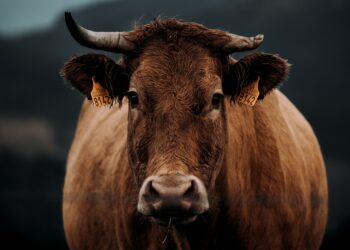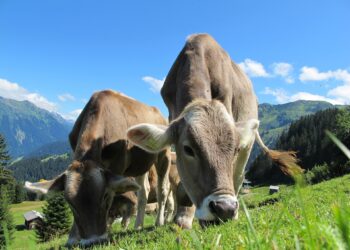The three castaways were found grazing peacefully on North Carolina’s Outer Banks, where they apparently washed up.
Hurricane Dorian was the most intense tropical cyclone on record to strike the Bahamas, and it also viciously struck mainland US. The National Centers for Environmental Information estimated total damage in the United States to be in excess of $1.2 billion. Houses were destroyed, towns were flooded, and there were a few fatalities. Among all this mayhem, animals are often unsung victims.
This is the case of a a wild herd of cows affectionately known as the “Sea Cows.” The 20 or so animals part of the Sea Cows normally live on private land, where they normally graze and mind their own business. Unfortunately for them, they were swept by the powerful hurricane, and only three appear to have survived. These three, however, appear unscathed — and they must have swum for miles to safely get to the island.
It’s a wild adventure and no doubt, if these cows could speak, they’d have a hell of a story to tell.
Cape Lookout National Seashore officials think the stranded cows swam up to 5 miles (8 kilometers) during the September storm. Cows can swim, but they’re not particularly good at it. It’s tremendous that they made it, and it shows that cows can be surprisingly resilient if given the chance.
It wasn’t easy to get them back home. National Park Service officials said the cows are “very wild and very skittish” and apt to run if approached by humans. In the end, however, they were returned to their home — which as you can imagine, made them really happy.
“That they were happy to be home was evident as they kicked up their heels and ran down the beach once they were released on their former range on Cedar Island,” Cape Lookout National Seashore said on Facebook.
“It took a lot of folks coming together to make this happen, and we are happy the cows made it home to Cedar Island,” Cape Lookout National Seashore Superintendent Jeff West said in the park’s announcement. “I am pretty sure they are too!”
It’s a bittersweet story, a reminder that animals are also victims of extreme weather — and that sometimes, they can survive even in the toughest of conditions.






